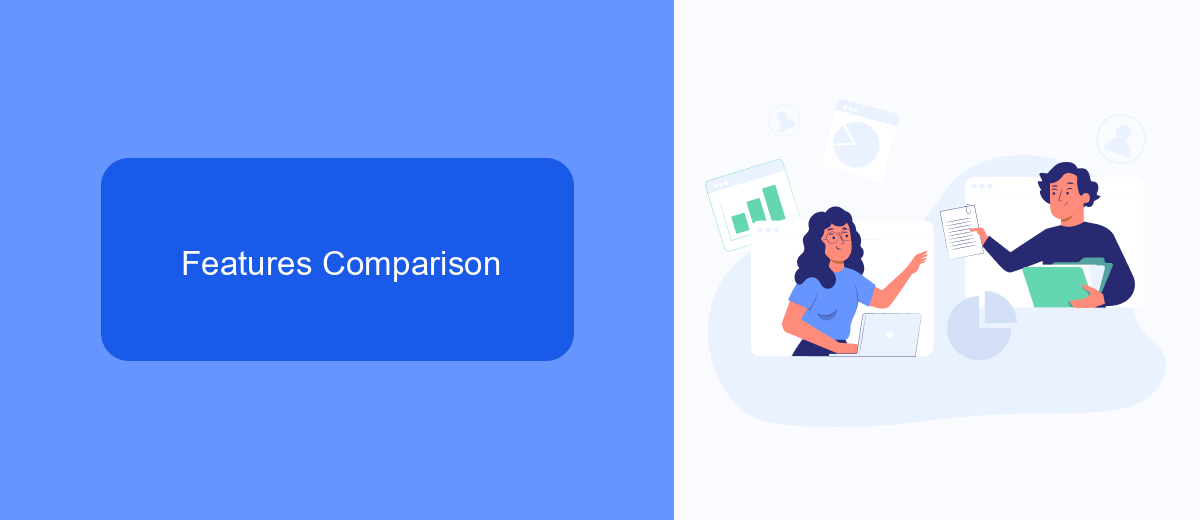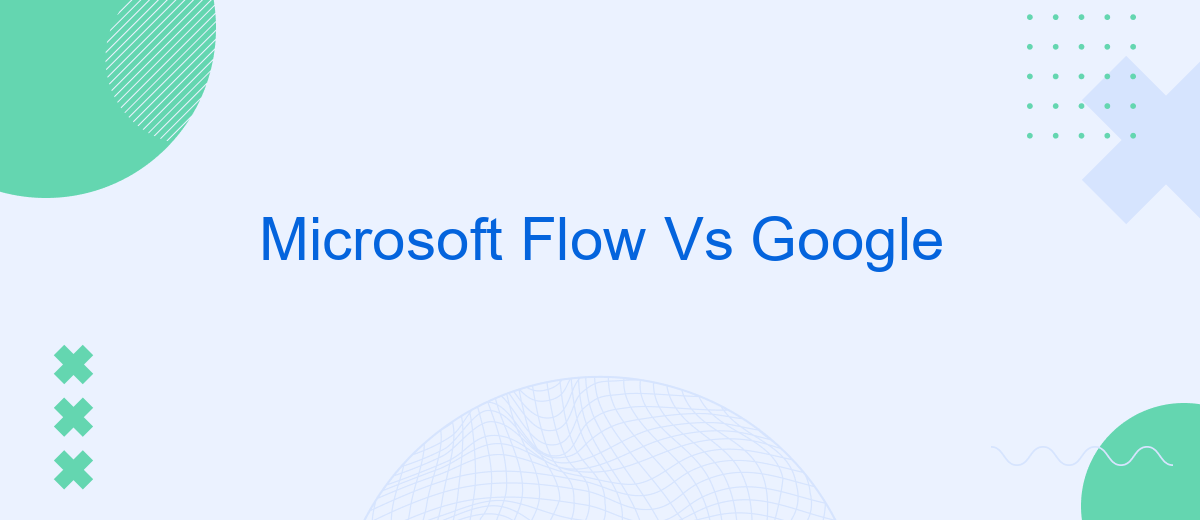In the rapidly evolving landscape of automation tools, Microsoft Flow (now Power Automate) and Google Apps Script stand out as powerful options for streamlining workflows. This article delves into a detailed comparison of these two platforms, examining their features, ease of use, integration capabilities, and overall efficiency to help you determine which tool best suits your automation needs.
Introduction
In today's rapidly evolving digital landscape, businesses and individuals alike are constantly seeking tools that can streamline their workflows and enhance productivity. Two major players in this arena are Microsoft Flow and Google, each offering a suite of tools designed to automate tasks and integrate various services seamlessly.
- Microsoft Flow: Now known as Power Automate, this tool allows users to create automated workflows between their favorite apps and services to synchronize files, get notifications, collect data, and more.
- Google: Google offers a variety of automation tools through its G Suite, including Google Apps Script, which allows users to automate tasks across Google services and third-party applications.
Choosing between Microsoft Flow and Google depends on various factors such as the specific needs of the business, the existing ecosystem of tools, and the level of customization required. Additionally, services like SaveMyLeads can further enhance these integrations by providing ready-to-use solutions that simplify the process of connecting different platforms, ensuring a seamless and efficient workflow.
Features Comparison

When comparing Microsoft Flow and Google, it's essential to look at their features and capabilities. Microsoft Flow, now known as Power Automate, offers extensive automation options for various Microsoft services like Office 365, Dynamics 365, and Azure. It provides a user-friendly interface and pre-built templates, making it easier for users to automate workflows without any coding knowledge. On the other hand, Google’s automation tools, such as Google Apps Script and Google Cloud Functions, offer powerful scripting capabilities for Google Workspace applications like Google Sheets, Docs, and Gmail, but often require more technical expertise to set up and manage.
Both platforms support third-party integrations, but the ease of setting up these integrations varies. Services like SaveMyLeads can simplify the process by offering pre-configured integrations for popular applications, reducing the time and effort required to connect different services. Microsoft Flow tends to have a more extensive library of connectors, which can be advantageous for businesses heavily invested in the Microsoft ecosystem. In contrast, Google’s tools are more flexible for those already using Google Workspace. Ultimately, the choice between Microsoft Flow and Google’s automation tools will depend on your specific needs and existing software environment.
Pricing

When comparing Microsoft Flow and Google, pricing is a crucial factor to consider. Both platforms offer various pricing tiers to accommodate different user needs and budgets.
- Microsoft Flow: Microsoft Flow, now known as Power Automate, offers a free plan with limited features. For more advanced capabilities, the pricing starts at per user per month. Enterprise plans are also available, which provide additional features and higher usage limits.
- Google: Google offers its automation tools through Google Workspace. The pricing for Google Workspace starts at per user per month for the Basic plan, which includes essential tools. For more advanced features and increased storage, the Business plan is available at per user per month. Enterprise plans are also available for larger organizations.
In addition to these platforms, SaveMyLeads offers a cost-effective solution for setting up integrations and automating workflows. With plans starting at per month, it provides a user-friendly interface and supports a wide range of integrations, making it a valuable alternative or complement to Microsoft Flow and Google Workspace.
Benefits and Drawbacks

When comparing Microsoft Flow and Google, both platforms offer unique advantages and disadvantages for workflow automation. Microsoft Flow, now known as Power Automate, integrates seamlessly with the Microsoft ecosystem, making it an excellent choice for businesses heavily reliant on Microsoft Office 365. On the other hand, Google offers robust integration capabilities with its own suite of applications, such as Google Sheets and Google Drive, making it a strong contender for those already embedded in the Google ecosystem.
One of the primary benefits of Microsoft Flow is its advanced functionality and extensive library of connectors, which allow users to create complex workflows with minimal effort. Google’s automation tools, while not as feature-rich, provide a more intuitive and user-friendly experience, especially for those familiar with Google’s interface.
- Microsoft Flow: Strong integration with Microsoft products, extensive connectors, advanced automation capabilities.
- Google: User-friendly interface, seamless integration with Google applications, simplicity in creating workflows.
However, both platforms have their drawbacks. Microsoft Flow can be overwhelming for beginners due to its complexity, and it often requires a higher learning curve. Google’s automation tools, while easier to use, may lack the depth and advanced features needed for more intricate workflows. For those looking for an alternative that bridges the gap, SaveMyLeads offers a versatile solution for integrating various services and automating tasks without the steep learning curve.
Conclusion
In conclusion, both Microsoft Flow and Google offer robust solutions for automating workflows and integrating various services. Microsoft Flow, now known as Power Automate, is particularly strong in its seamless integration with the Microsoft ecosystem, making it an excellent choice for businesses already invested in Microsoft products. On the other hand, Google’s automation tools provide flexibility and ease of use, especially for those who rely heavily on Google Workspace applications.
Choosing between the two depends largely on your existing infrastructure and specific needs. For those looking to simplify the integration process further, services like SaveMyLeads can be invaluable. SaveMyLeads offers a user-friendly platform for setting up integrations without the need for extensive technical knowledge, making it easier to connect various apps and automate workflows efficiently. Ultimately, both platforms have their unique strengths, and the best choice will align with your organization's specific requirements and ecosystem.
FAQ
What are the main differences between Microsoft Flow and Google automation tools?
Can I use these tools to integrate third-party applications?
Which tool is more suitable for non-developers?
Are there any limitations on the types of workflows I can create?
What if I need more advanced features or custom integrations?
Are you using Facebook Lead Ads? Then you will surely appreciate our service. The SaveMyLeads online connector is a simple and affordable tool that anyone can use to set up integrations for Facebook. Please note that you do not need to code or learn special technologies. Just register on our website and create the necessary integration through the web interface. Connect your advertising account with various services and applications. Integrations are configured in just 5-10 minutes, and in the long run they will save you an impressive amount of time.
